Over the Valentine’s Day weekend Microsoft and Ninja Theory held a closed beta for Bleeding Edge that was available to all Xbox Game Pass members. I spent a solid twenty-hours playing it myself (and would have played more if I wanted to sleep on the couch), and came away feeling generally positive about the experience. Ninja Theory has poured a healthy helping of love and passion into Bleeding Edge, and it shows in every conceivable way. But, despite the fantastic aesthetic, confident style, and solid combat I couldn’t shake this feeling that a key ingredient was missing.
Bleeding Edge pulses with style and confidence.
The moment I loaded into the game on my PC I noticed the distinct art-style, a mix of Borderlands and Overwatch if I had to sum it up. Bleeding Edge has a cell-shaded aesthetic bolstered by crisp character-designs that each ooze personality. There is the metal-head Nidhogger with his flamethrower throat (how does he eat?), the spunky Gizmo and her large pink mechanical arm, and a damn robot snake piloting a corpse. Yeah, Kulev gives me the creeps, but I loved how wild his design was.
Each character on the roster had a distinct charm to them, and they were all meticulously animated and expertly voiced. It’s the level of detail and care you’d hope to see in a character-driven multiplayer game, especially after both League of Legends and Overwatch set the bar sky-high. The quality of the character design was evident in all aspects of the game, from the handful of emotes on offer, the quips and callouts made during matches, and the skillset associated with each brawler.
Zero Cool’s hovercraft/gaming chair came with an evasive double jump that allowed him to pop up and out of a fight while maintaining either his heals or attacks, whereas Cass had a combination of ranged and melee attacks, with gap-closer and disengage skills that allowed her to weave in and out of combat encounters. Gizmo had a jump pad she could use to either escape fights or join them, and Daemon’s stealth made me want to scream at my screen multiple times as the sneaky bastard appeared out of nowhere to ruin my day. No two characters felt similar, which is what you’d hope to see in a game like this.
This confident design bleeds (heh) into every other aspect of the game. David Garcia has cranked out yet another exceptional soundtrack, after his stellar work in Hellblade, and it elevates the future-anarchist tone of the title. The menus have this street art/graffiti vibe to them that perfectly balances form and function, and the cosmetic upgrades for the hoverboard alone had a variety of wild options to unlock. Bleeding Edge absolutely nails it in the audio and visual departments, giving the game a clear identity that allowed me to more easily mesh with the title. This isn’t some soulless attempt by Microsoft and Ninja Theory to emulate other similar character-driven multiplayer arenas, and the passion will no doubt help endear the game to the masses.
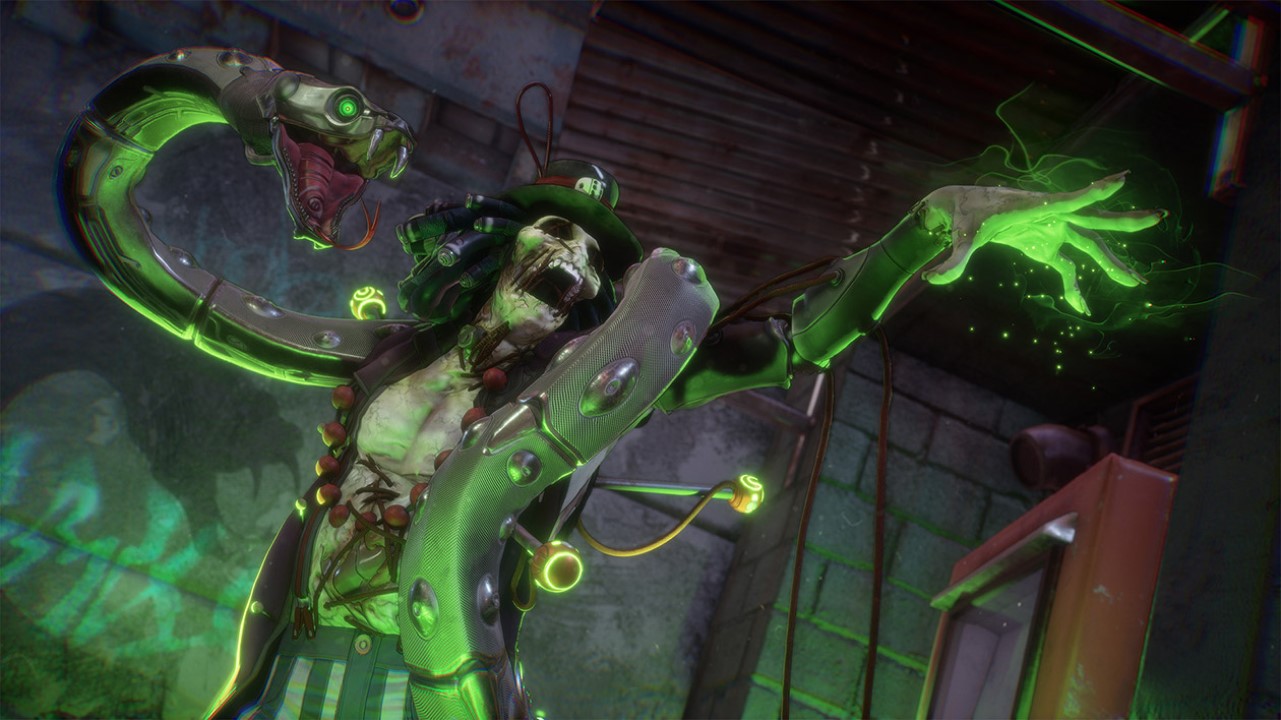
Gameplay also sets Bleeding Edge apart from the pack: it’s an objective-based, competitive, predominately melee brawler. Considering Ninja Theory’s track-record, this shouldn’t shock many. The question going into the beta, however, was how well their brand of gameplay would translate into a multiplayer environment. For the most part, it works out rather well.
Combos are simple, and the game largely uses auto-targeting (though, you can hard lock onto an enemy with the press of a button). What’s here worked, and felt punchy. Mostly. Ranged characters could sometimes struggle without lock-on due to the auto-targeting cycling between shots, but nothing that couldn’t be overcome after some familiarization. That, and it was not difficult to find yourself stun-locked. Despite having all my evade charges I’d often find myself unable to escape an enemy combo, despite the tutorial making it clear I should. Those moments felt cheap, but I’d be lying if I said I didn’t mind being on the delivery end of that relationship.
There were only two game-modes on offer: Capture and Power Collection. Capture works as you assume it does: capture the activated capture-point and defend them from the opposing team; first team to reach 600 points wins. Power Collection was rather straight-forward in design: collect power cells located around the map during one phase, then bank them at a set point during the next. Rinse, repeat, hopefully win. They’re not exactly novel on paper, but the creative map design sets them apart from similar titles. For example, on one map the capture points rotated around the area on a stream that would occasionally pass through electrical gates, forcing constant movement around the map. Another map had a barrage of missiles that would launch every so often, usually targeting an active control point, giving the attacking team a chance to seize the objective once the fireworks had concluded.

Overall, I walked away from the beta feeling like all these pieces did an excellent job clicking together, making Bleeding Edge both familiar and unique. It’s already a polished, well-realized title with a personality all its own. But, I felt this weird itch at the back of my brain, like something was missing. You know the sensation: when you walk into room you know well, but something minor is “off.” Is it the missing family portrait that once sat on the mantle? Is the cat not in their usual spot on the recliner napping? It was this nagging feeling I couldn’t shake all weekend, despite enjoying my time with the Bleeding Edge beta.
I’m not the only person who felt this way, and even now the subreddit is littered with posts offering up various suggestions. Something about Bleeding Edge feels off, like it’s missing the final bits of a 1000-piece puzzle. Was it the lack of music during matches? Perhaps the omission of an in-game announcer? Do characters need more skill-based combos? Did the matches drag on too long? Maybe it’s the maps feeling too large for eight players? Healing felt a bit too powerful, so it could be that…. It’s these little quibbles that added up slowly as I played, and kept the game from fully clicking with me. I loved what I played, but I never felt an underlying drive to continue playing; that “one more match” factor.
There is a key ingredient missing here, but it’s hard to put my finger on. Maybe it’s as simple as addressing those little nits I listed above, maybe it’s just shortening the matches and having a proper ranked mode? There is something about the Bleeding Edge beta that, despite all the obvious love and care put into it, is keeping it from truly exploding into the zeitgeist. There is another beta weekend in March, and I’ll play the game again then to see if I can figure out what’s not syncing with the title. Bleeding Edge is a fantastic game, but what it needs to catapult into the limelight isn’t quite here yet.




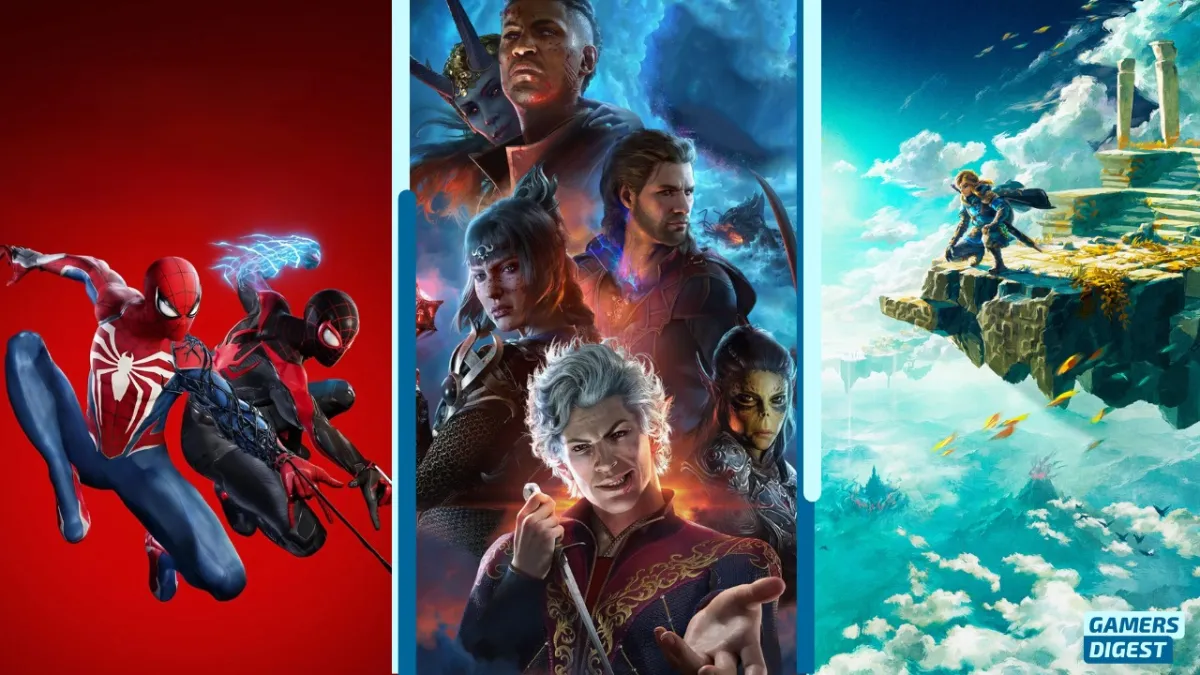
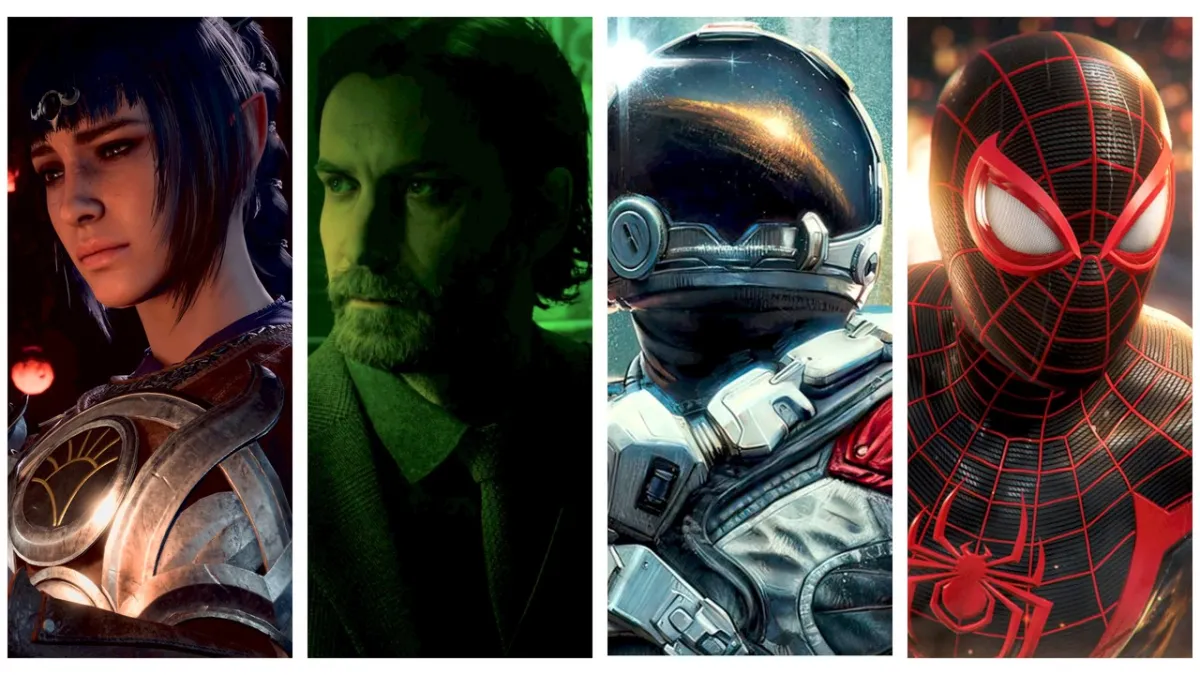
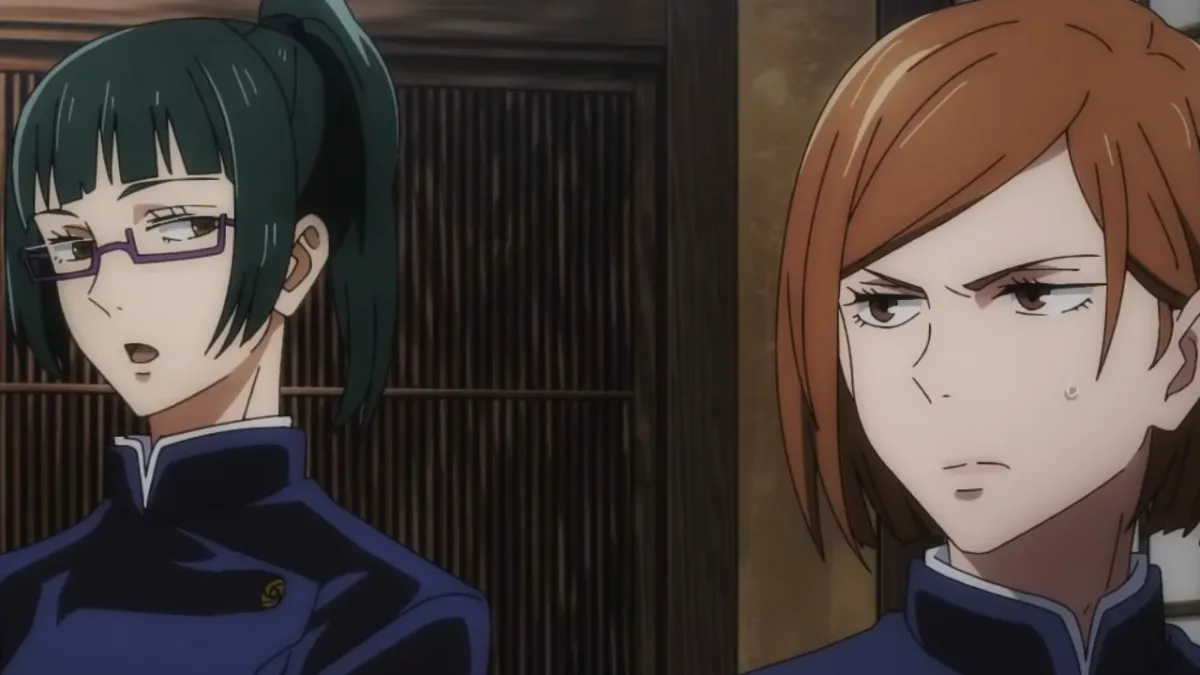
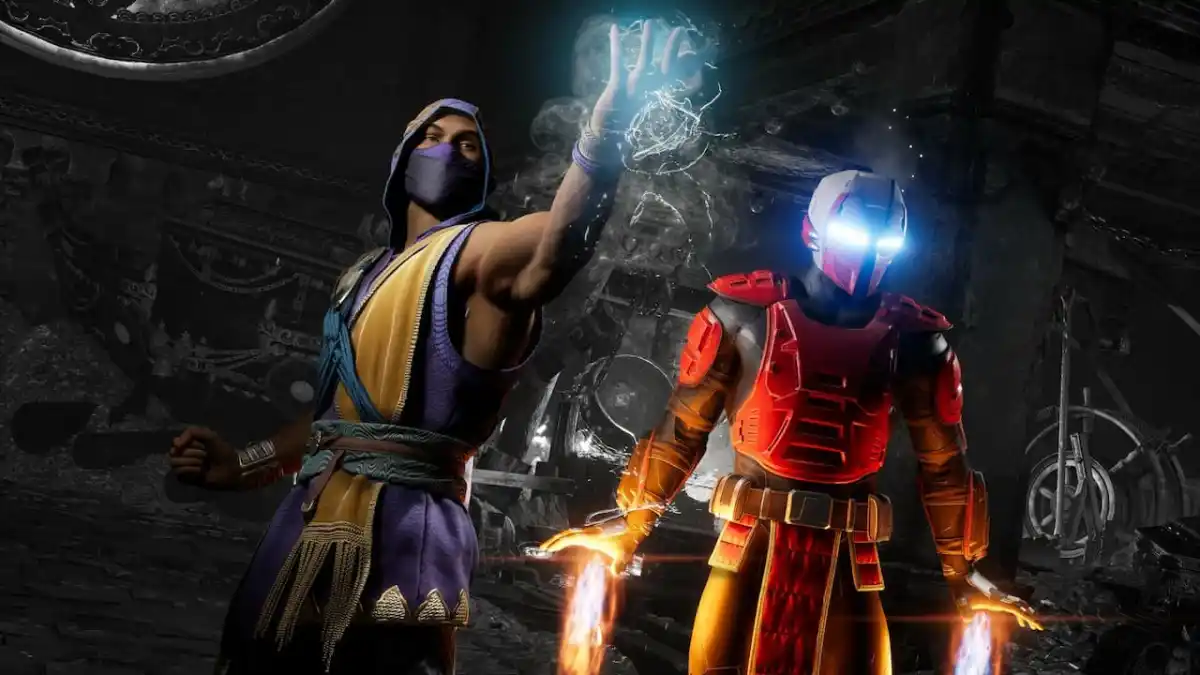
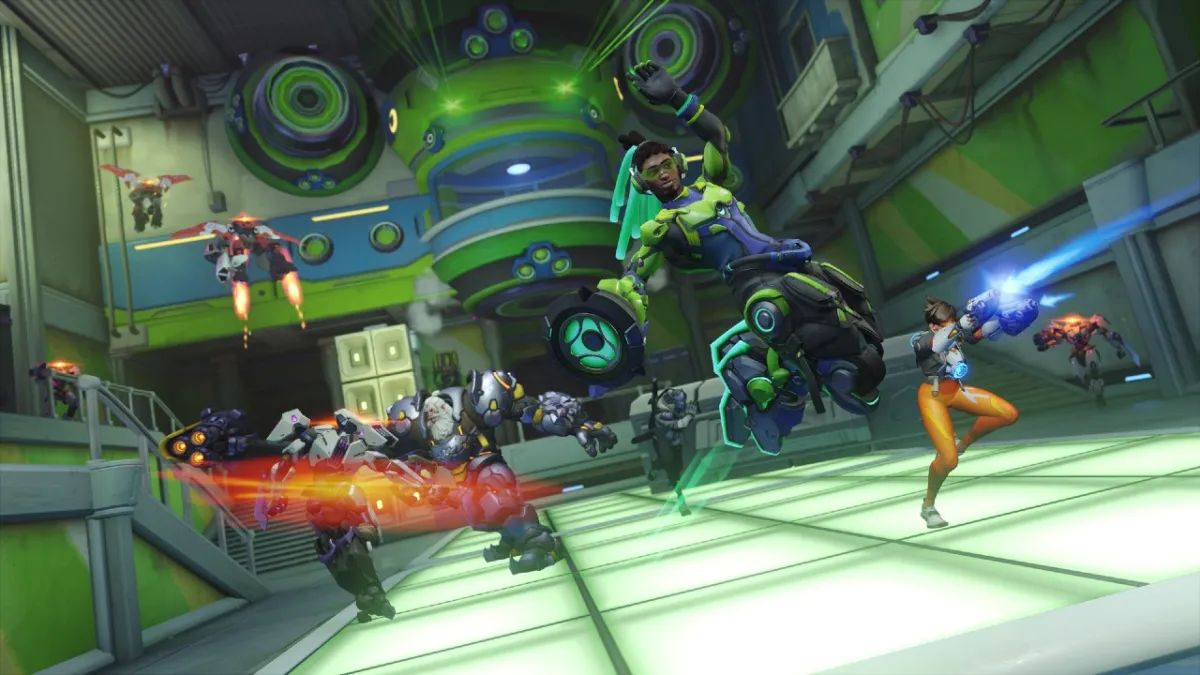


Published: Feb 17, 2020 03:02 pm